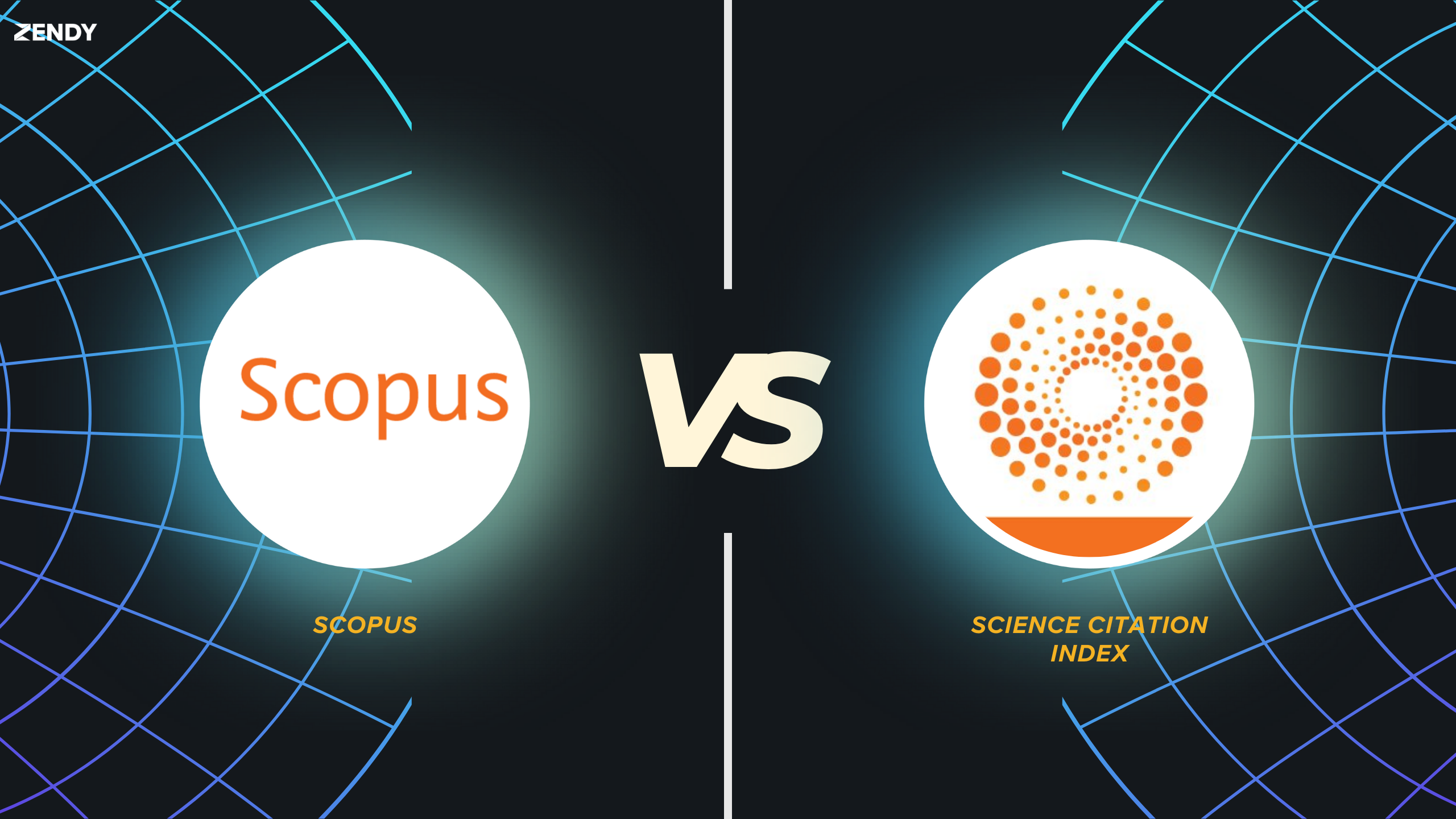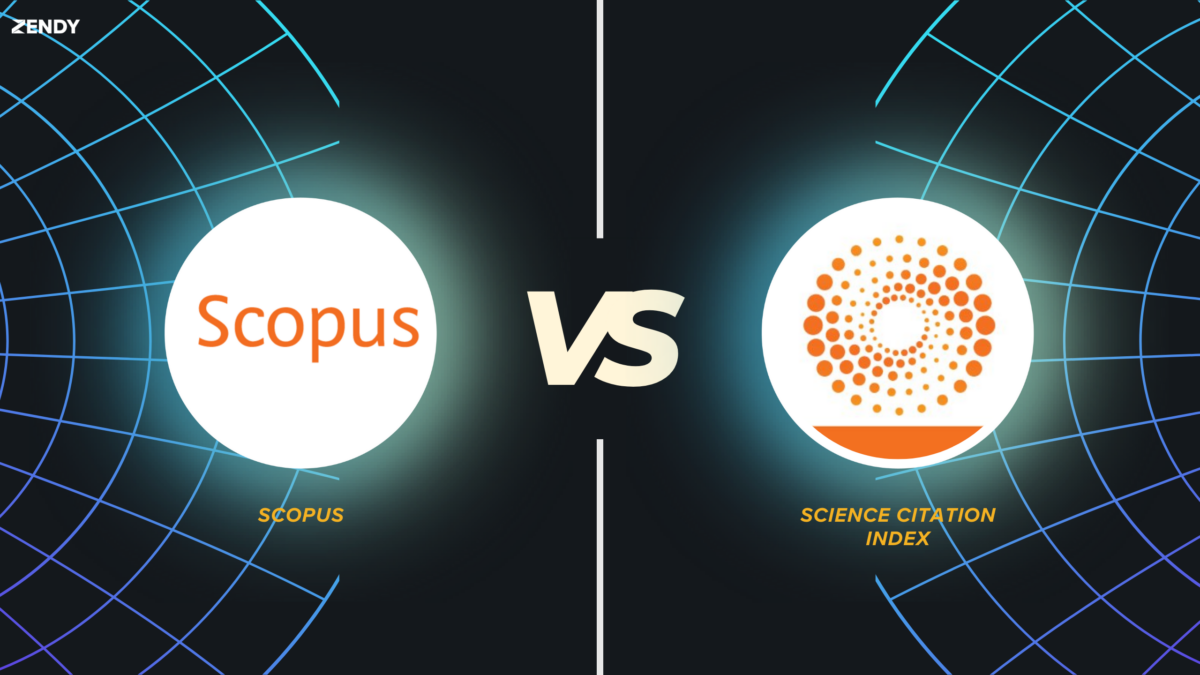The Science Citation Index (SCI) and the Scopus database are two of the most widely used citation indexing systems in academic research. Researchers, institutions, and funding bodies rely on these databases to evaluate research impact, track citations, and facilitate collaborations. But how do they compare? And which one should you use for your research?

Who Founded Science Citation Index?
The Science Citation Index (SCI) was introduced in 1964 by Dr. Eugene Garfield to track the flow of scientific ideas through citations. Started as a print-based resource, it later evolved into a digital database, now integrated into the Web of Science. Over the years, SCI made a huge impact on research careers, helping researchers assess the academic influence of scientific papers based on citation data.
A Brief History of the Scopus Database
In the early 2000s, competing databases featuring citation statistics were introduced, the most notable being Scopus, launched in 2004. The Scopus database, launched by Elsevier, provides a broader multidisciplinary citation index. Unlike the Science Citation Index, which traditionally focused on leading science journals, Scopus includes publications from a wider range of disciplines, including the social sciences, humanities, and technical fields.
What is the Difference Between Science Citation Index and Scopus Database
| Feature | Science Citation Index | Scopus |
| Publisher | Part of Clarivate’s Web of Science platform. | Managed by Elsevier. |
| Scope and Size | Focuses primarily on high-impact scientific journals. | Covers a broader range of disciplines. (social sciences, humanities, and conference proceedings) |
| Regional Representation | Has a more selective approach. | Includes journals from diverse regions, including non-English publications. |
| Tools and Metrics | Focuses on traditional citation counts, traditional citation counts and h-index. | Offers advanced metrics like SCImago Journal Rank (SJR) and SNIP. |
Why is Science Citation Index important?
The Science Citation Index (SCI) is a critical database for evaluating scholarly reputation and research impact, particularly in scientific fields. Inclusion in SCI is often seen as a mark of prestige, as it only indexes top-tier, high-impact journals. This gives credibility to both the research published within these journals and the researchers themselves. Also, the Impact Factor derived from SCI data is one of the most respected metrics for assessing the significance of research articles and journals
How Science Citation Index Helps Researchers:
- Tracking Research Impact
- Finding Relevant Literature
- Facilitating Collaborations
Why is Scopus important?
Scopus is a key database for you as a researcher looking to stay on top of your field. It helps you track citation trends, see which studies are getting the most attention, and figure out where to focus your publication efforts. Researchers use it to get a clear picture of how their work fits into the broader conversation and which areas are generating the most interest. Scopus also includes a wider range of high impact journals and additional metrics like SJR and SNIP, which could be valuable for certain types of research, especially interdisciplinary or emerging fields.
How Scopus Database Supports Researchers:
- Broader Coverage
- Additional Metrics
- Regional Inclusion
Should You use Scopus or Science Citation Index?
- Use Scopus if you need broader coverage, especially across interdisciplinary fields, or if you’re interested in tracking newer trends and conference papers.
- Use SCI if you prioritise high-quality, curated content with a focus on traditional scholarly disciplines and need detailed citation metrics like the Impact Factor.
Conclusion
Both the Science Citation Index and the Scopus are essential citation databases for academic research, each with its strengths and limitations. The best choice depends on your research needs—whether you prioritise broad coverage (Scopus) or deep focus (SCI). As citation databases continue to evolve, the focus will remain on improving accuracy, accessibility, and fairness in academic evaluation.
